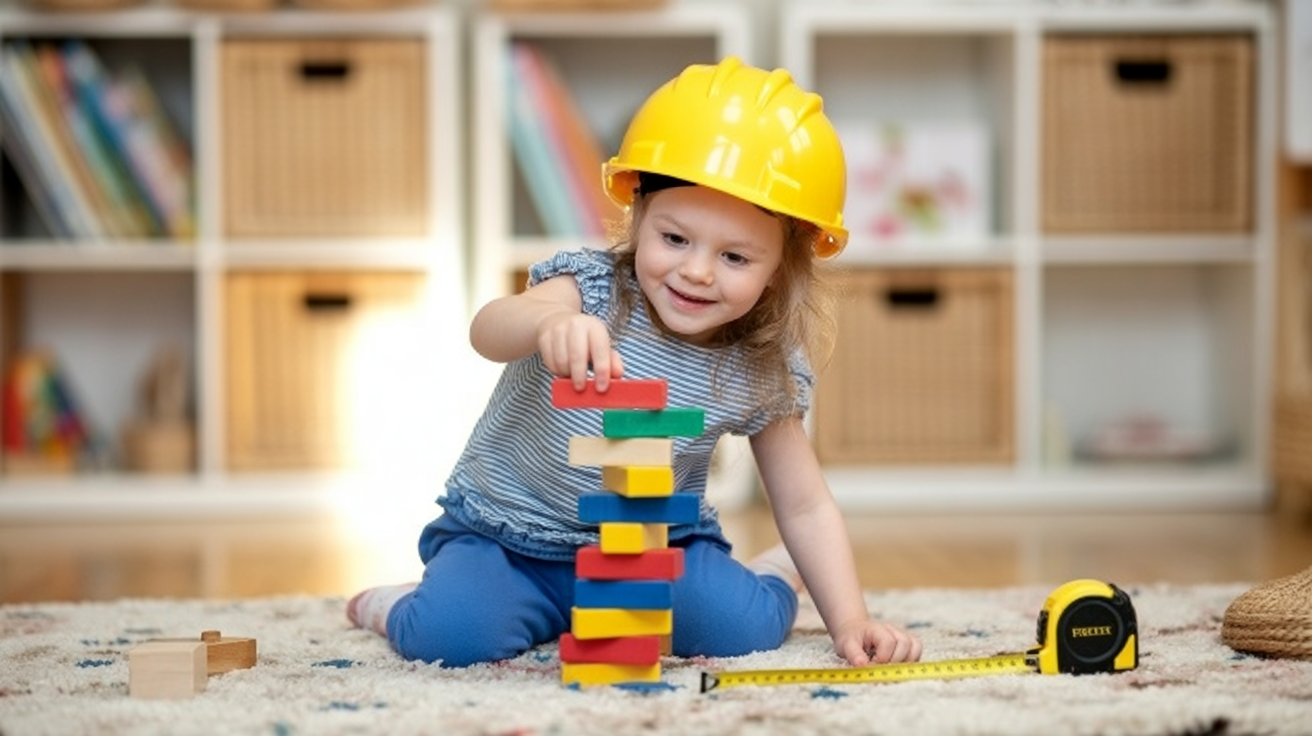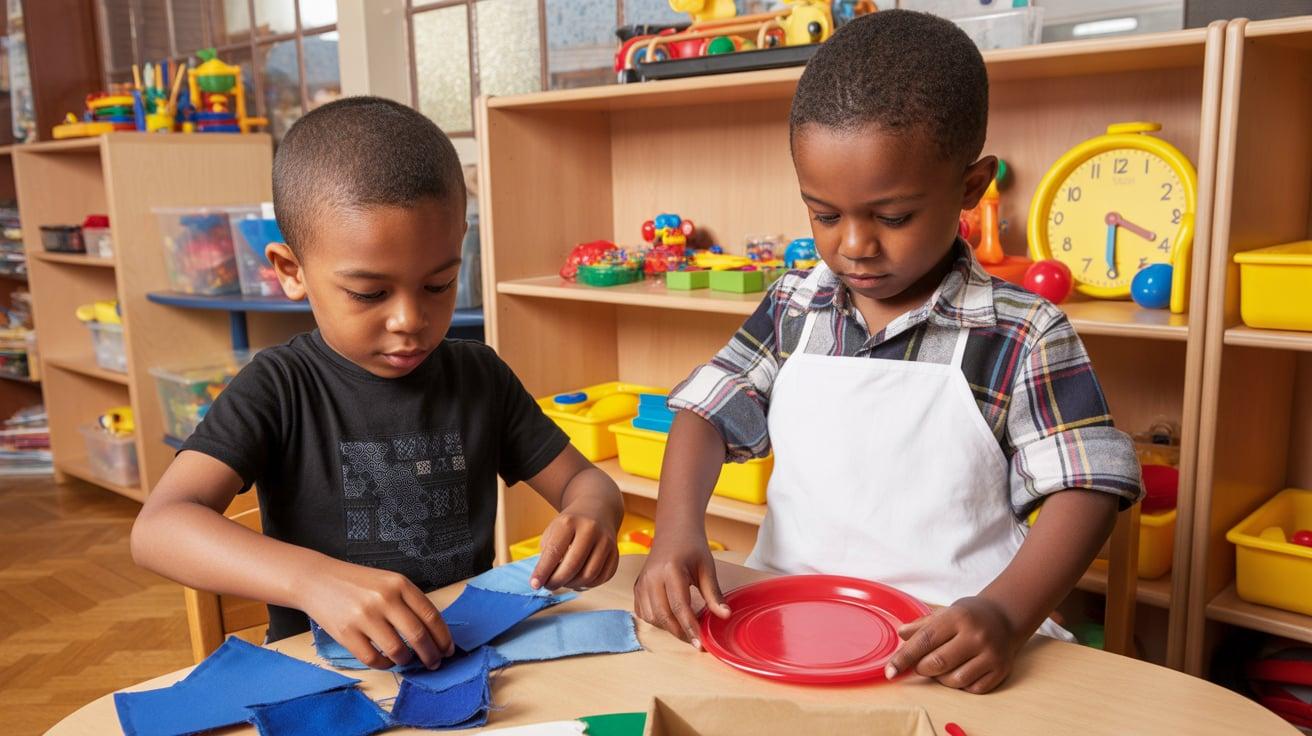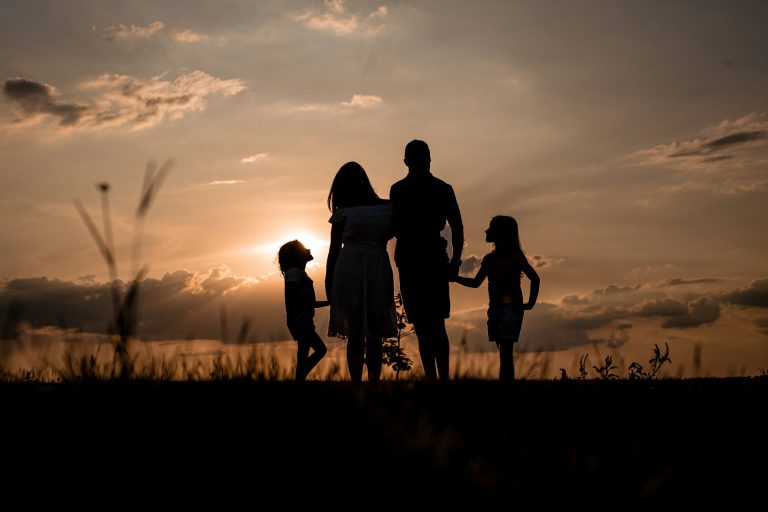When Does Imaginative Play Start? What to Expect

Every child is born with a magic superpower – their imagination!
From the moment toddlers start pretending a cardboard box is a spaceship or talking to their stuffed animals as if they were best friends, they’re entering one of the most exciting phases of childhood development.
Imaginative play, where kids create their worlds and stories, is much more than just fun and games.
It’s a crucial milestone that shows their growing brains are learning to think creatively, solve problems, and understand emotions.
When children begin this magical trip of make-believe, typically around 18 months to 2 years old, they’re not just playing; they’re laying the foundation.
How they’ll learn, make friends, and manage their emotions throughout their lives. “After all, imagination is the playground where all great experiences begin!”
What is Imaginative Play?
Imaginative play is when kids become the stars of their own made-up stories!
It’s that magical time when a simple wooden spoon changes into a wizard’s wand, or when your living room becomes a jungle full of wild expriences.
During imaginative play, children pretend to be different characters and act out scenarios that spark their creativity.
From being a brave firefighter saving the day, to a caring doctor helping stuffed animal patients, or a superhero flying around the house, kids are exercising their growing brains and learning to express their feelings in fun, creative ways.
When Does Imaginative Play Start?

The magic of imaginative play usually kicks off around 2 to 3 years old, when toddlers start turning everyday objects into awesome treasures!
This exciting stage happens right when kids are becoming little chatterboxes, learning tons of new words and beginning to understand how the world works around them.
You’ll know your child is entering this wonderful phase when they start copying what grown-ups do – like pretending to talk on the phone, “cooking” dinner with toy pots, or rocking their dolls to sleep.
These early signs show that their brains are connecting the dots between what they see and what they can create in their own imaginative worlds!
Key Developmental Stages of Imaginative Play

Just like learning to walk or talk, imaginative play grows in awesome stages that show how your child’s mind is developing!
Each stage brings new experiences and skills that help kids become more creative, social, and confident.
Stage 1: Early Pretend Play (2-3 years)
At this sweet beginning stage, toddlers love copying the grown-ups around them in the simplest but most adorable ways.
You might catch them having serious conversations with their teddy bears, pretending to feed their dolls with tiny spoons, or “driving” their toy cars with intense concentration.
Their play is like taking snapshots of their daily life and recreating them in their own special way.
Stage 2: Expanding Role Play (3-4 years)
Now the real fun begins as kids start becoming different characters and creating whole new worlds!
They might spend hours being the teacher to their stuffed animals, the chef in their pretend restaurant, or the brave knight saving the kingdom.
Their imagination starts building bigger stories with props, costumes, and imaginary friends who become very real to them.
Stage 3: Complex Play and Narrative Building (4+ years)
This is when kids become master storytellers, creating epic experiences that can last for days or even weeks!
Their play becomes like mini-movies with plot twists, character development, and detailed storylines that they share with friends.
Group play becomes their favorite as they learn to negotiate roles, solve problems together, and build friendships through shared imaginative experiences.
Why is Imaginative Play Important?

Imaginative play is like a secret superpower that helps kids grow in incredible ways! When children create their own worlds and stories, they’re actually becoming mini-scientists, solving problems and thinking creatively about how things work.
Playing pretend also turns kids into emotion detectives, helping them understand how others feel and learn to work together with friends.
Plus, all that talking to imaginary characters and acting out scenarios fills their vocabulary treasure chest with new words and helps them become better storytellers.
Every time kids play pretend, they’re building the skills they’ll need to succeed in school, friendships, and life!
Signs Your Child is Ready for Imaginative Play
Wondering if your little one is ready for imaginative play? These exciting signs will help you spot when the magic begins!
- Creative object use: Your child turns everyday items into something new, like bananas becoming telephones or blocks becoming trains.
- Copying your actions: They start pretending to cook, clean, or care for toys like real babies, mimicking your daily routines.
- Growing vocabulary: Their words are expanding rapidly, helping them express their creative ideas and imaginative thoughts better.
- Understanding representation: They grasp that one thing can represent another, like sticks becoming magic wands or boxes becoming cars.
- Role-playing behaviors: Your child begins acting out different characters or scenarios, showing they understand pretend versus reality.
Remember, every child develops at their own pace, so don’t worry if your little one starts their imaginative trip earlier or later than expected!
Supporting Your Child’s Imaginative Play
Ready to boost your child’s imagination? These simple strategies will turn you into their creativity champion and make playtime truly magical!
| Strategy | How to Do It | Examples |
|---|---|---|
| Provide Open-Ended Toys | Fill their play space with simple items that can become anything | Blocks → castles, scarves → superhero capes, cardboard boxes → spaceships |
| Join the Fun | Get down on their level and play pretend together | Show how wooden spoons become microphones, pillows build forts |
| Create Safe Space | Build a cozy, judgment-free zone for wild ideas | Welcome “what if” questions, celebrate creative thinking |
| Keep It Simple | Choose basic toys over complex gadgets | Simple items often spark the biggest imaginative experiences |
Remember, the simplest toys often create the most awesome experiencs. Your enthusiasm and participation are the real magic ingredients for incredible imaginative play!
What to Do If Your Child Isn’t Engaging in Imaginative Play

Don’t panic if your little one seems more interested in stacking blocks than pretending they’re castles! Every child’s imagination blooms at its own perfect time, just like flowers in a garden.
Some kids are naturally more focused on exploring how things work rather than creating fantasy worlds, and that’s totally normal.
Try gently encouraging pretend play by joining in yourself maybe start by making funny voices for their toys or turning snack time into a tea party.
However, if your child shows no interest in imaginative play well past age 4, it’s worth chatting with your pediatrician to make sure everything is developing smoothly.
Conclusion
Imaginative play is one of childhood’s greatest gifts, turning ordinary moments into extraordinary experiences!
From those first adorable attempts at feeding dolls around age 2 to the complex storytelling that emerges by age 4, every child’s imagination unfolds at their own special pace.
This magical experience isn’t just about fun – it’s building the foundation for creativity, problem-solving, empathy, and social skills that will last a lifetime.
As parents and caregivers, your role is to be cheerleaders and fellow experiencers, watching with wonder as your little one founds the incredible power of their own imagination.
After all, today’s pretend play becomes tomorrow’s real-world success!






